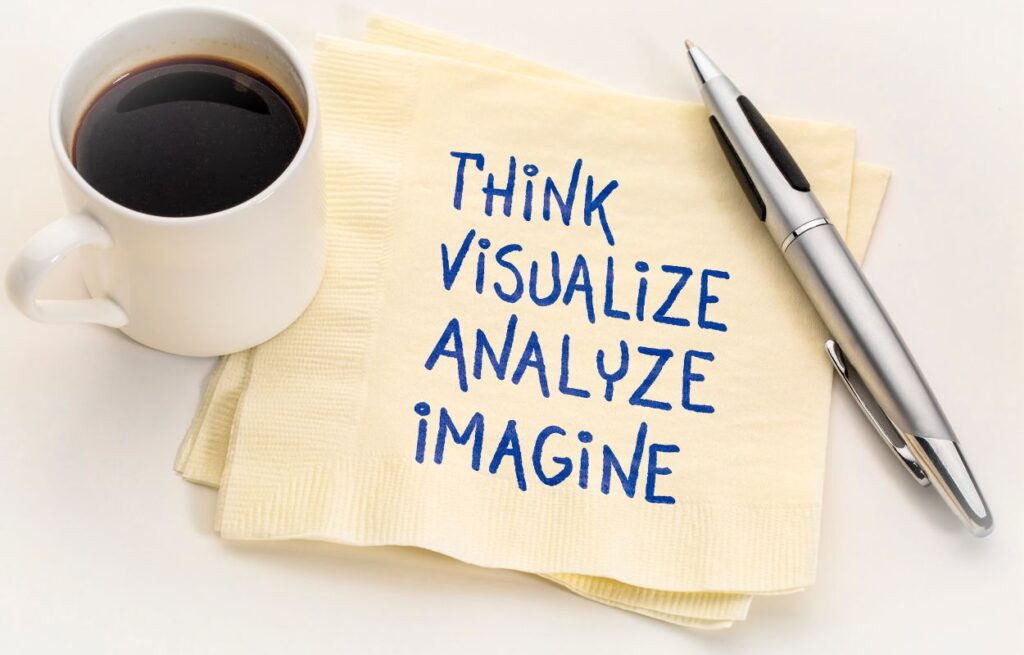Acting is a captivating art that goes beyond memorizing lines and hitting marks. One powerful tool that actors can incorporate into their repertoire is visualization techniques. In this blog post, we will explore the significance of visualization in acting and how it can elevate performances to new heights.
UNDERSTANDING VISUALIZATION TECHNIQUES FOR ACTORS
Visualization techniques involve creating vivid mental images to enhance the actor’s connection with their character, the scene, and the overall narrative. By tapping into the power of the mind, actors can bring authenticity and depth to their performances. Let’s delve into various visualization methods that actors can adopt to refine their craft.
BUILDING CHARACTER DEPTH THROUGH IMAGERY
One fundamental aspect of visualization in acting is the creation of a detailed mental image of the character. Actors can visualize the character’s physical appearance, quirks, and emotions. This process allows them to internalize the character, fostering a deeper understanding that transcends the lines of a script. Visualization helps actors embody their roles more convincingly, breathing life into the characters they portray.
IMMERSING IN THE SCENE
Visualization is not limited to the character alone; it extends to the entire scene. Actors can mentally transport themselves to the setting of the story, envisioning the surroundings, atmosphere, and even the smallest details. This immersive technique aids in establishing a genuine connection with the environment, contributing to a more compelling and realistic performance.
HARNESSING EMOTIONAL RESONANCE
One of the key benefits of visualization techniques for actors lies in their ability to evoke genuine emotions. By mentally engaging with the character’s emotional journey, actors can access a reservoir of authentic feelings. This emotional resonance translates into performances that resonate with audiences on a deeper level, creating a memorable and impactful viewing experience.
ENHANCING PHYSICALITY AND MOVEMENT
Visualization is a powerful tool for refining an actor’s physicality and movement on stage or screen. By mentally rehearsing movements, gestures, and expressions, actors can enhance their overall presence. This technique is particularly valuable for choreographing complex scenes or ensuring consistency in physical performances.
NAVIGATING CHALLENGING SCENES
Every script presents its own set of challenges, be it intense emotional scenes or complex dialogues. Visualization techniques empower actors to navigate these challenges effectively. By mentally rehearsing and visualizing the desired outcome, actors can approach difficult scenes with confidence, leading to more authentic and impactful performances.
FOSTERING CONNECTION WITH SCENE PARTNERS
Effective acting is not just about individual performances; it’s about creating a dynamic interplay with scene partners. Visualization techniques play a crucial role in fostering a strong connection between actors sharing the stage or screen. By envisioning the chemistry and interactions with fellow performers, actors can enhance the synergy within a scene. This shared visualization process helps in building a collaborative narrative, ensuring that the ensemble delivers a cohesive and compelling performance.
Whether it’s establishing rapport, expressing conflict, or conveying camaraderie, the ability to visualize the dynamics between characters enriches the overall storytelling experience. Through this shared mental imagery, actors can respond authentically to each other’s cues, creating a harmonious and impactful ensemble performance. In essence, visualization is a tool not only for individual character development but also for weaving a seamless tapestry of emotions and interactions that define the collective narrative on the stage or screen.
In the realm of acting, the importance of visualization techniques cannot be overstated. From building character depth to navigating challenging scenes, the power of the mind plays a pivotal role in shaping remarkable performances. By incorporating these visualization methods, actors can elevate their craft, forging a stronger connection with characters and audiences alike. In essence, visualization is the unseen force that transforms a script into a mesmerizing, immersive experience, making it an indispensable tool in every actor’s toolkit.

